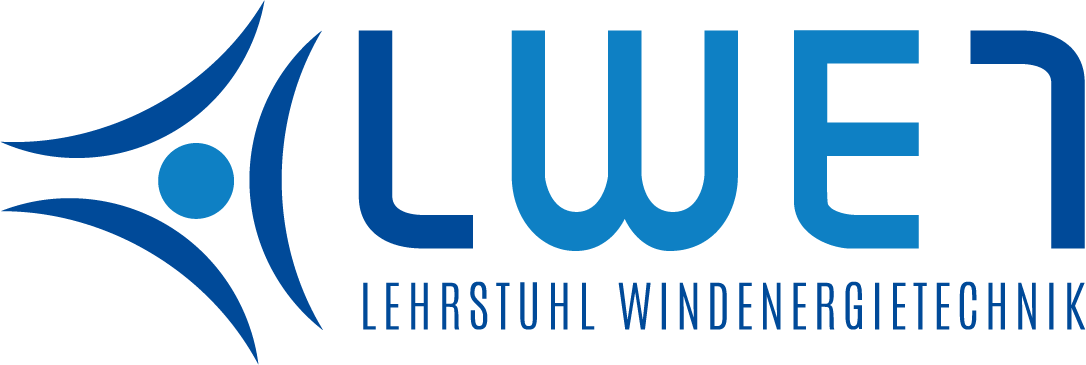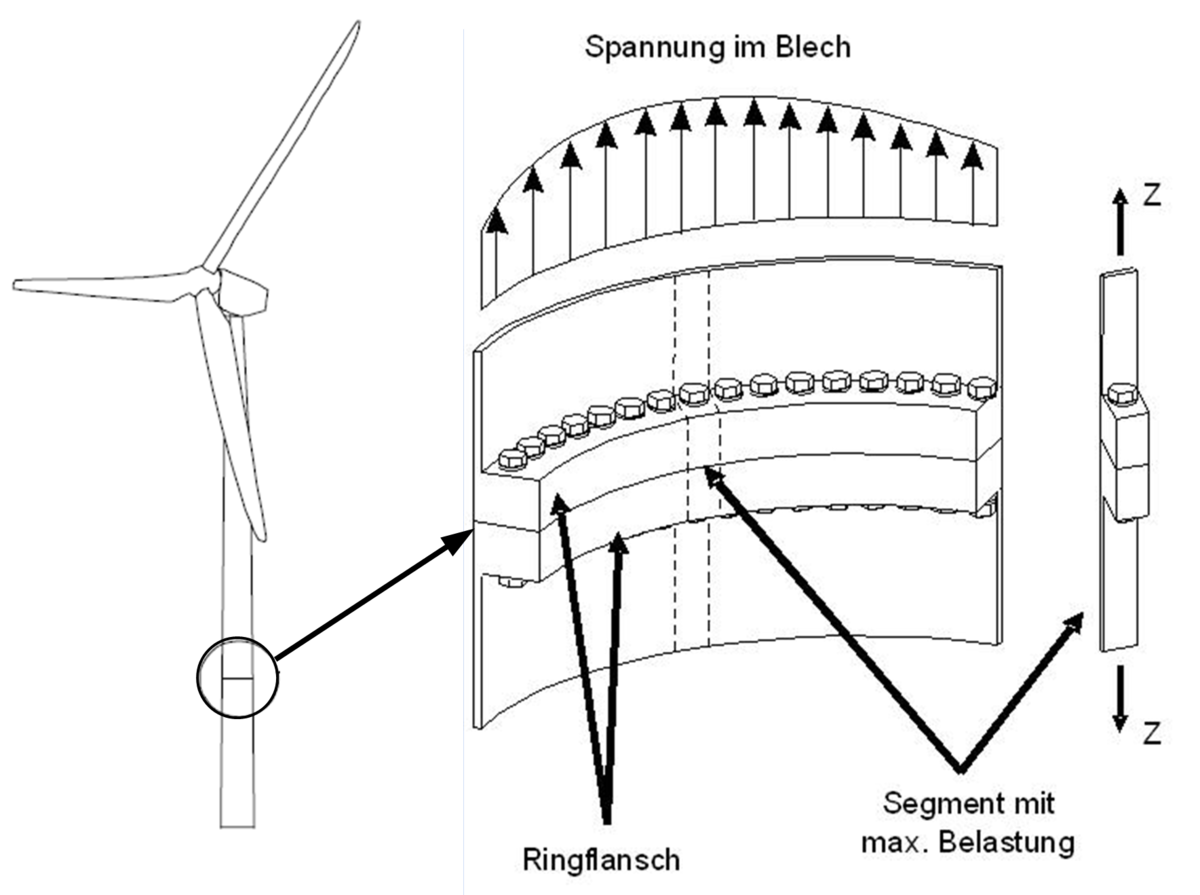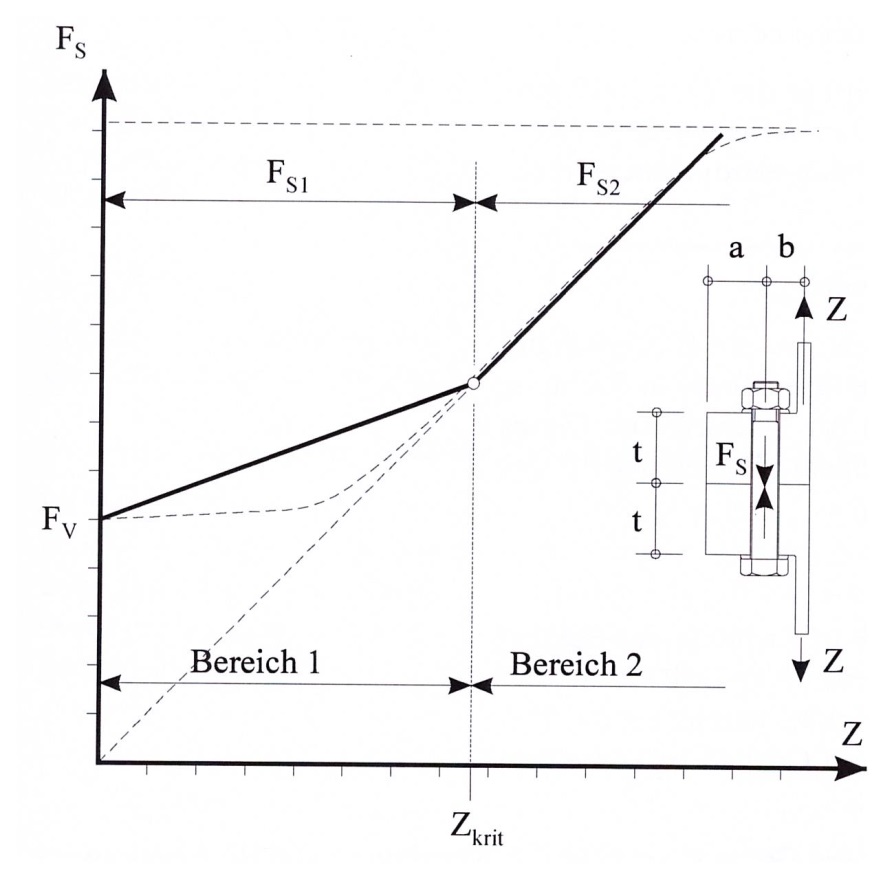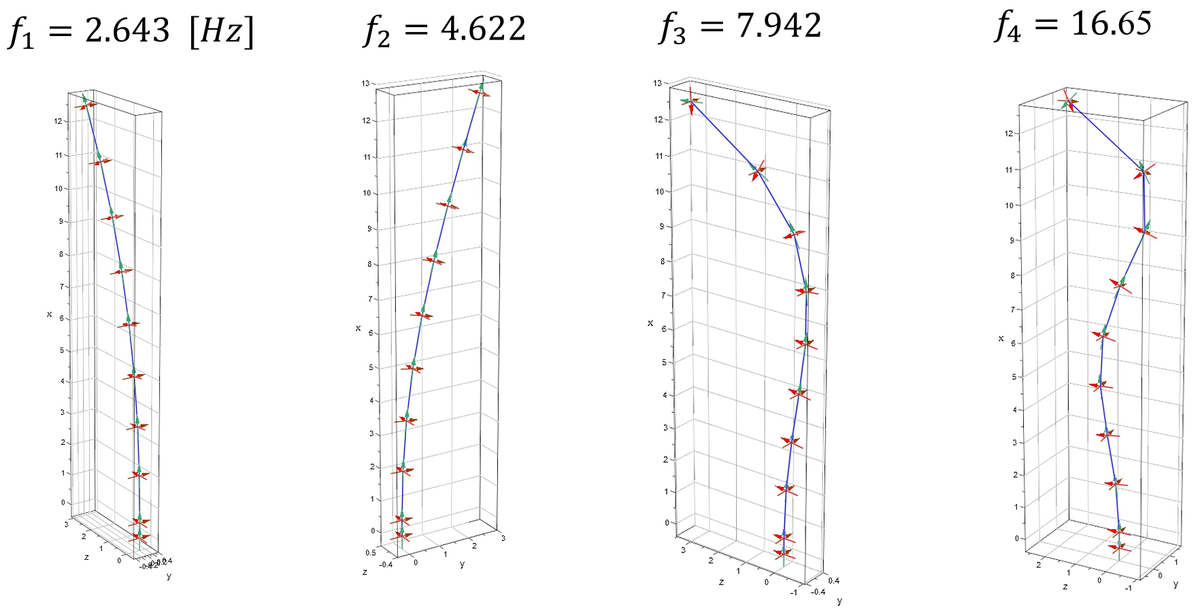Structural Calculations for Wind Turbines (Master's)
The “Structural Calculations for Wind Turbines” advanced study module provides deeper insights into wind turbine systems as part of the master’s course in Mechanical Engineering. It has been conceived as the third course presented by the endowed chair on the subject of wind energy technology in addition to the “Simulating Wind Turbines” and “Design of Wind Turbines” modules. This course has two main points of focus involving first the structural-mechanical modelling of a wind turbine as a flexible multibody system and, second, the performance of calculations and strength analyses on a wind turbine system.
With respect to the first of these study foci, the kinematic and kinetic equations of an elastic body within a multibody system as well as the entire set of equations for a multibody system are developed in a summarising presentation. The specific implementation of the structural model in a modern simulation software package for wind turbines is briefly presented and explained. Based on two realistic examples – the rotor blade and the wind turbine tower together with the nacelle mass – the relevant natural frequencies and eigenmodes are calculated and discussed with the aid of finite element model in MATLAB.
The second core focus of the course is studied by considering the wind turbine as an architectural structure. This involves a close consideration of the properties and characteristics of the reinforced and pre-stressed concrete components of a wind turbine system (i.e., the hybrid tower and the foundations). The Eurocode 3 Calculation Concept for Steel Structures and the GL Guideline 2010 are presented in detail. The ultimate strength analysis and fatigue analysis for structural steel components and, in particular, for bolted and welded connections are treated in general terms and on the basis of specific numerical examples. Intensive instruction is provided in relation to the strength calculations for bolted ring flange connections in a wind turbine tower as well as the associated mechanical models using relevant examples.
At a Glance
- Introduction – Structure of a wind turbine
- Influences on the wind turbine – the aerodynamics of the rotor blade, wind and wave loads, and defined design load cases
- Creating a structural mechanical model of a wind turbine – the dynamic calculation of the elastic multiple-mass model; eigenfrequencies and finite element (FE) modelling
- The wind turbine as an architectural structure – the foundations and tower; calculations for the reinforced concrete and steel system components; calculation concepts in the EC3 and GL Guideline 2010; fatigue analysis; calculations for typical welded and bolted connections





